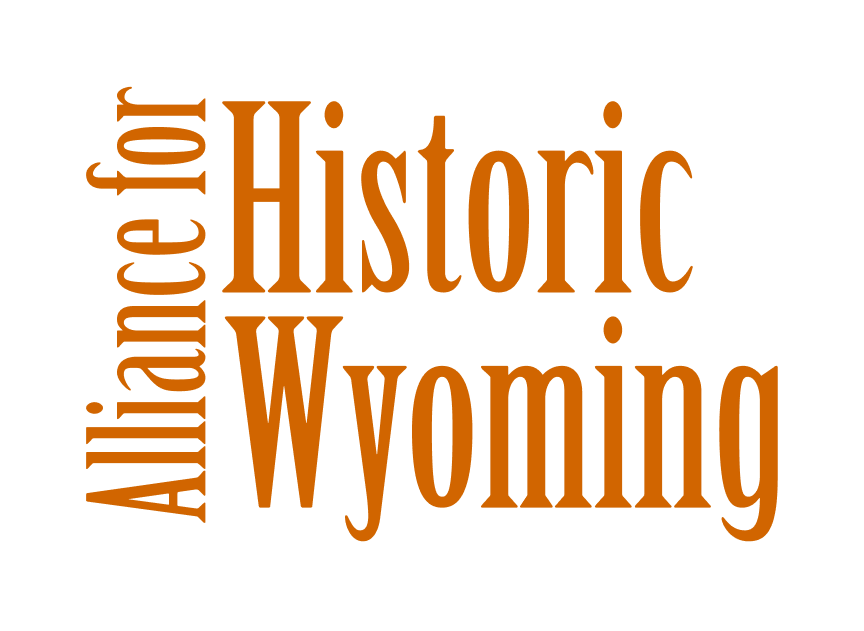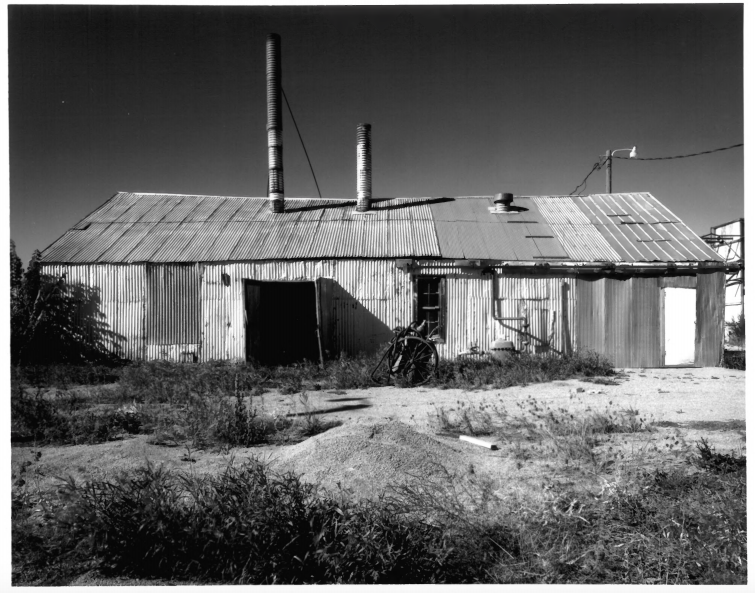By Luke Anderson
March 15, 2017
Former industrial buildings and warehouses often pose challenges to cities dealing with economic development. These old brick, boxy buildings are often abandoned when the industry using the space expands and moves or technological advances make the industry obsolete entirely. The buildings are usually not located in residential areas and the neighborhoods they are in quickly fall out of favor, the buildings stand empty for years, and property values plummet.
However, these buildings also present all sorts of good opportunities. The buildings are often very simple in design, sturdy in construction, and have large, flexible interiors. These factors make old industrial buildings and warehouses very attractive to businesses and other industries that benefit from the freedom to be more creative with how they use the interior space. As is often the case, the first people to repopulate these abandoned warehouses are artists, who are drawn in by the low rent costs and the freedom to experiment with large open spaces. Artists help make the neighborhoods popular and other businesses follow and the neighborhood becomes a destination.
The old Yellowstone neighborhood in Casper is an example of one such neighborhood in transition, and the Casper Artists’ Guild has played a large role in stimulating the redevelopment of the warehouses along the railroad tracks along the west end of downtown Casper. The Guild’s new location is called Art 321, named after its address – 321 Midwest Avenue. The building was built for the Pacific Produce company in the early 1900s as a storage facility for fruits and vegetables coming in from the railroad. In the basement of the building, markings on the floor still remain indicating where the different types of produce was to be placed when they came in off of the train.
Over time, the shipping and produce storage industries changed and the Yellowstone area fell into a state of disuse. The city took over ownership of the former Pacific Produce building. Meanwhile, the Casper Artists’ Guild was in the process of searching for a new location. They were located in a former fire station, but it was not in a good location. A member of the guild found the former Pacific Produce building and suggested it as a possible new location. The Guild purchased half of the building from the city at a good price and embarked on a large renovation project.
Like most old industrial and warehouse buildings, the future home of the Casper Artists’ Guild was structurally in great condition, but cosmetically quite bare. The Guild hired Stateline 7 Architects to execute the renovation. During the design process, the Guild and the architects tried to retain as much original character as they could, which was relatively easy to achieve considering the simplicity of the building. The brick walls were preserved and left exposed on the inside and outside and the concrete floors and sliding metal doors were kept in the interior. All additions or alterations were done in a way that was sympathetic to the overall feel of the warehouse. The only major exterior alteration was the addition of the large, signature deck on the south facade. One of the more interesting features of Art 321 are the movable gallery walls in the main exhibition space. The walls are constructed from salvaged wood from the basement of the building.
The renovation was not cheap – in all, about $1 million was invested into the building. However, the project had tremendous support from both the public and the city. The city gave the Guild a good deal on the building, which allowed them to do more to make the building satisfy their needs. They had a few large individual donors and the rest of the cost was supplemented by grants, loans, and other smaller individual donations from people who believe in the importance of the arts giving what they could afford. The greater community was also generally supportive, which is extremely important for a successful preservation project.
Despite the good deal the Guild got on the building, the decision to relocate to 321 Midwest Avenue was not merely economic – it was also aesthetic. The members of the Guild did not necessarily want a brandnnew building. They wanted something with character, and more specifically, something a little edgy, more contemporary, and more urban. The exposed brick and polished concrete aesthetic is quite popular these days and is reminiscent of a Soho loft in New York City. The former Pacific Produce building was a perfect fit for that look. Local artists are enamored with the building, who give the building a sort of indescribable “artsy” feeling. The Casper Artists’ Guild’s mission is to promote the arts in Casper, and the design and functionality of the space at Art 321 is intended to satisfy that mission. The project is a great example of how abandoned historic buildings can transition from a public burden to local gem and destination place with strong community support. The Yellowstone area is now an up-and-coming neighborhood, partially thanks to the careful adaptive reuse of a former produce storage facility by the Casper Artists’ Guild.
LIKE WHAT YOU JUST READ?
- Browse our archive of Historic Places and Spaces Profiles by clicking here.
- To learn about all of our campaigns and initiatives, click here.
- Subscribe to our newsletter to learn more about what’s going on in Wyoming.
- Donate or become a member to help us produce stories, organize events, and be a voice for preservation across the state.
- Like us on Facebook, and follow us on Twitter and Instagram to see our latest updates!









